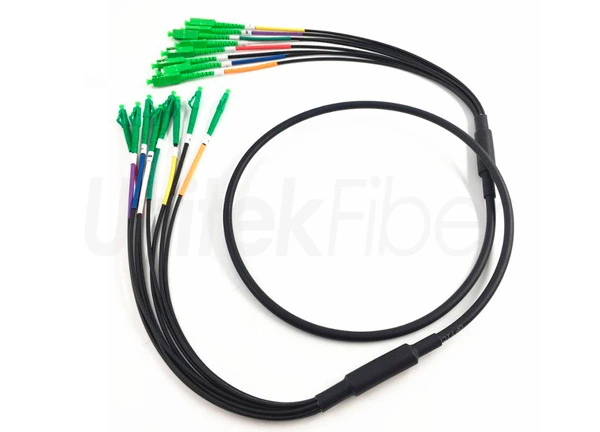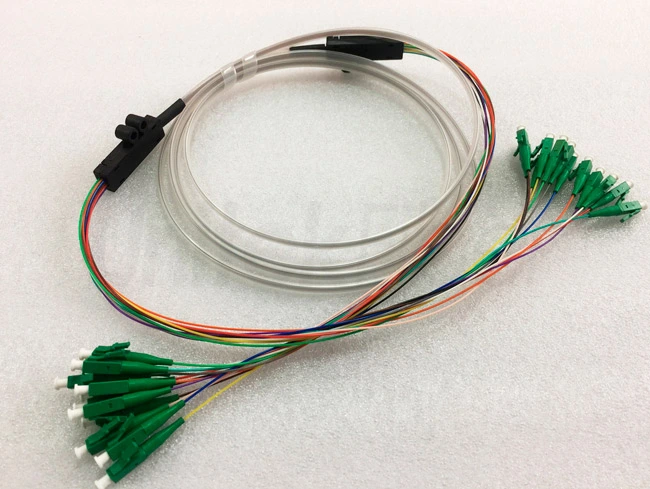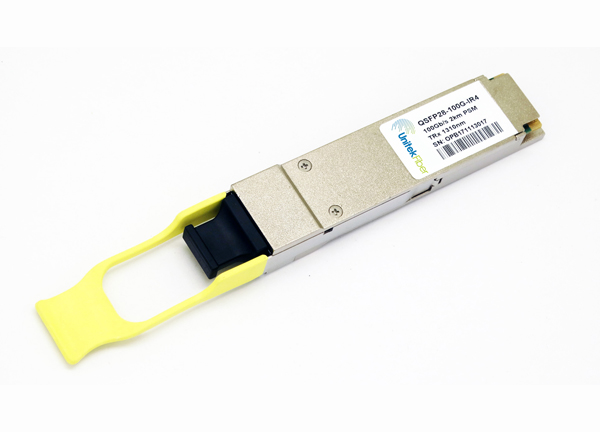
Introduction
The optical transceiver module first appeared in 1999, and the industry has made remarkable technological progress in more than 20 years, and the supported rate has also grown from less than 10Gbps at the beginning to the current highest 800Gbps.
Optical Transceiver Module Development History:
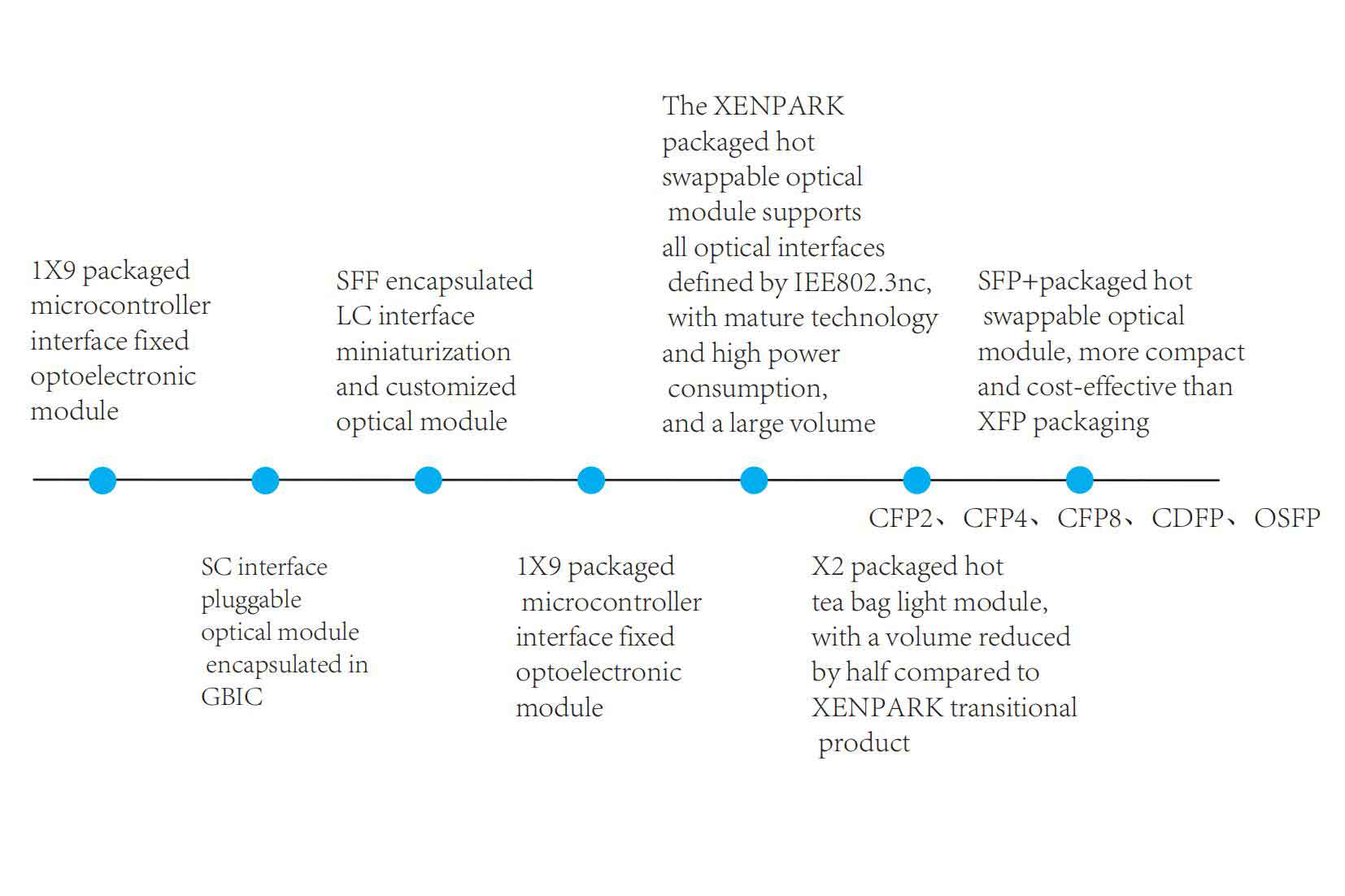
The development of optical transceiver module has undergone an evolution process from fixed to miniaturized and hot-swappable. According to Liantech data, the first generation (1995-2000) was represented by 1X9, GBIC, and SFF module. 1X9 is an earlier fiber module application and is a fiber module product. The original 1X9 package gradually turned to the direction of miniaturization and hot-swappable, and then the GBIC fiber module appeared as an independent fiber module, but the large volume limited the optical port density.
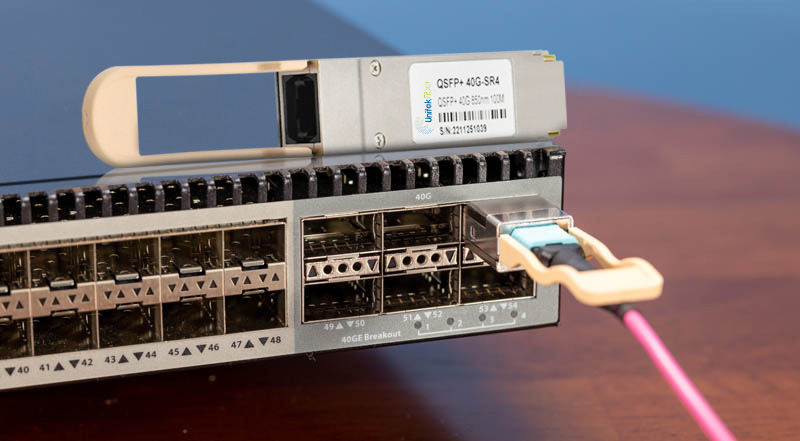
From 2000 to 2028, represented by SFP module (qsfp optical transceiver), QSFP module, QSFP-DD module/OSFP module and other forms, it entered the field of vision.
With the development of high-speed and large-capacity data communication networks, the port density of communication equipment has increased. Promote optical transceiver module to continuously break through technical limitations and develop in the direction of miniaturization, high speed, intelligence, and integration. Optical transceiver modules have also been upgraded from 10G-40G to 100G/200G/400G high-speed fiber .
Before 2018, the fiber transceiver module market was dominated by 100G, which was mainly driven by the 5G construction in the telecom market. After 2019, the capital expenditure of the data communication terminal increased rapidly, and cloud computing promoted the iteration of fiber transceiver module to 400G. At this stage, in order to meet the high-density requirements, the SFP module was born, which is smaller in size and has a hot-swappable function, and has become a widely used standard interface. Subsequently, more miniaturized, high-speed, and low-cost packaging methods appeared, such as XENPARK module, XPARK module, XFP module, CFP module, SFP+ module, etc., continuously improving speed and reducing costs.
At the end of 2019, Broadcom launched the Tomahawk4 that supports 800G fiber module. With the continuous expansion of cloud computing manufacturers' ultra-large-scale data center deployment, many manufacturers including Huawei, Zhongji InnoLight, and E-Sun will successively launch 800G fiber module products in 2020 and 2021.
The latest generation, represented by photoelectric co-packaging (CPO) after 2024, mainly uses silicon photonics integration technology. In the future, optoelectronic co-packaging and silicon photonics integration technologies will gradually surpass traditional optical transceiver modules in terms of speed, energy consumption, and cost.
Optical module technology upgrade roadmap:
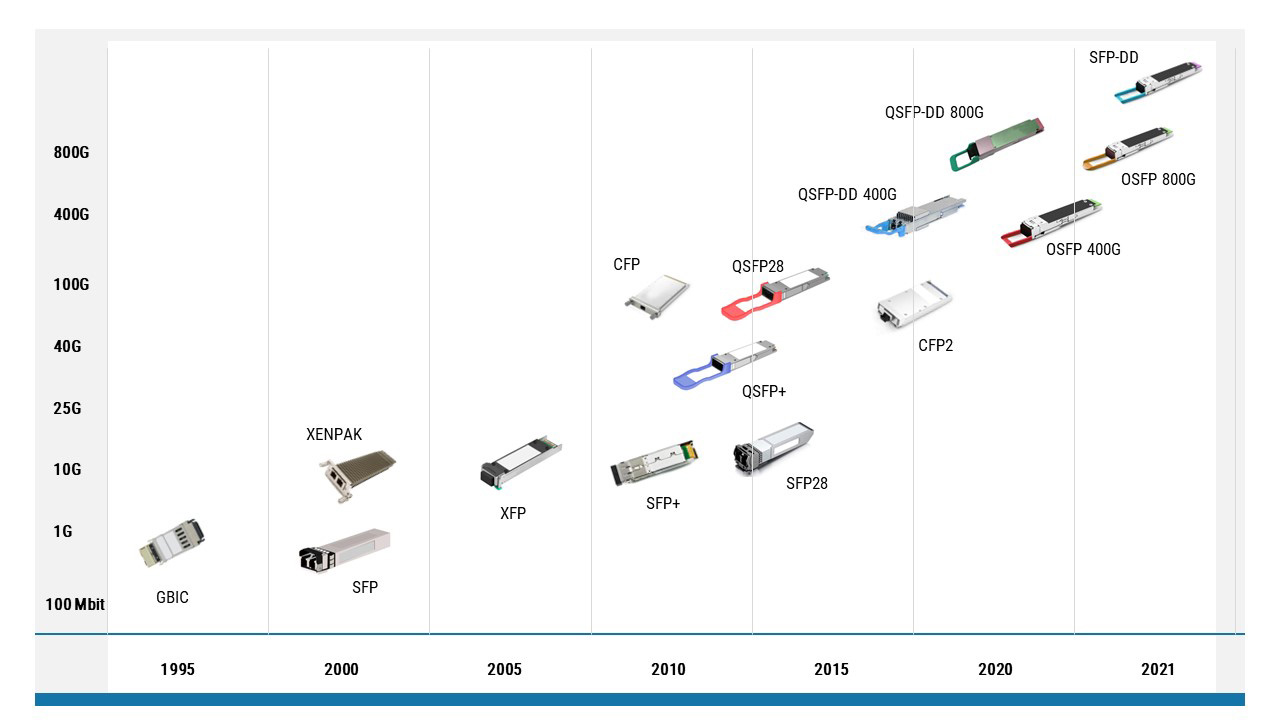
The transmission distance of different packages on single/multimode fiber varies greatly. Rate = number of channels * operating rate of each channel, changing the number of channels can change the rate of the optical transceiver module. 100G\200G\400G high-speed long-distance optical transceiver module can be used in both datacom and communication markets. 100G and 400G are mainstream application products, and 800G was mainly used in supercomputing and other fields in the past.
At present, the optical transceiver module is in the early stage of progress from 400G to 800G. The performance of low power consumption and high speed will drive a substantial increase in the proportion of 800G fiber modules, because the power consumption of high-speed fiber modules is relatively low. For example, the early power consumption of 400G fiber modules is about 10-12W, and the long-term power consumption is about 10W, while the power consumption of 800G fiber modules is about 16W. As optical modules enter the 800G fiber modules era, problems such as integration and power consumption of traditional optical transceiver modules will become more prominent, and silicon photonics technology can break through the development bottleneck of traditional optical transceiver modules. Promote the development of fiber modules to high speed, low power consumption, and high integration (such as 1.6T optical modules).
According to Light Counting, 800G fiber modules shipments will grow rapidly in the second half of 2023, and will replace 400G fiber modules in 2025 to dominate the market, accounting for about 50% of the market, with a market size of US$15.8 billion, a year-on-year growth rate of 78%.
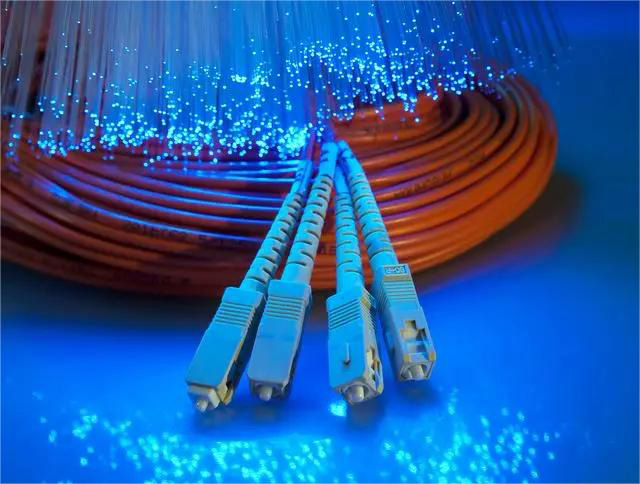
We UnitekFiber manufacture comprehensive ranges of optical transceiver modules, such as oem sfp modules, XFP module, SFP28 module, QSFP+ module, QSFP28 module, QSFP56 module, QSFP-DD module and other optical transceiver modules. For more detailed information, please visit our website at www.unitekfiber.com. We look forward to supporting you with our reliable and efficient fiber optic solutions.

